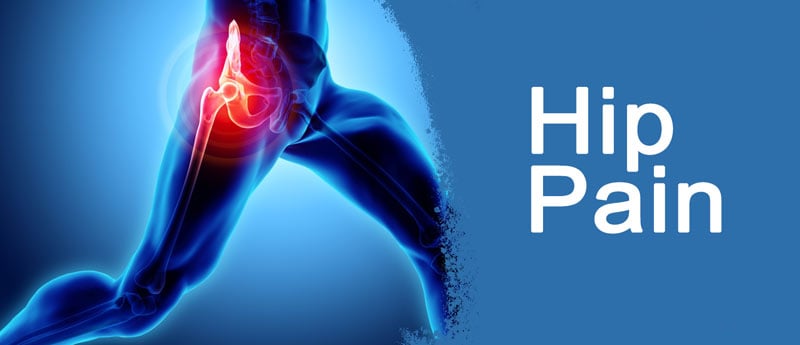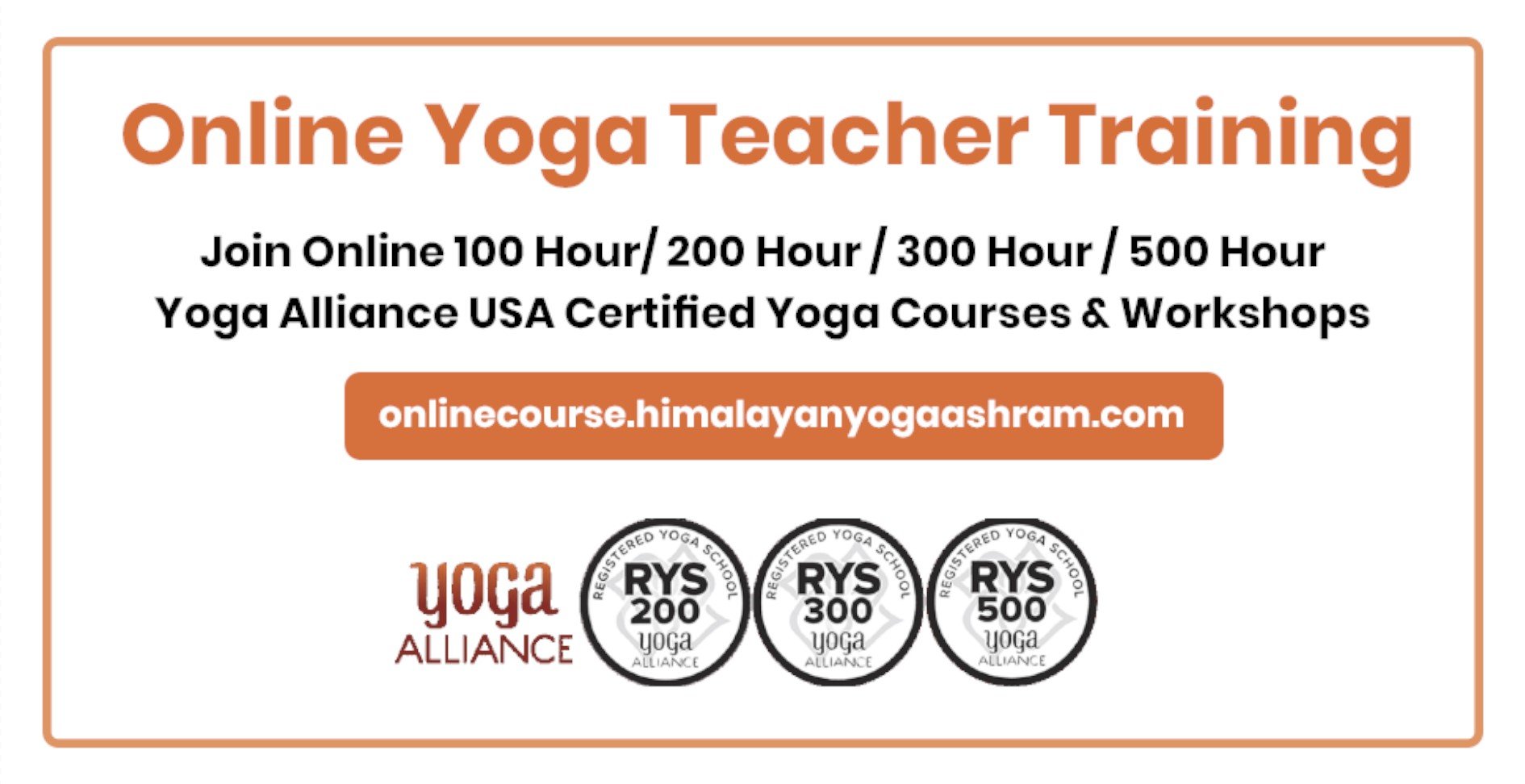How to Reduce Hip Pain? Exercises and stretches you must do
By Himanshu JoshiYogahip pain, how to, how to reduce hip painHip pain is one of the common pains apart from shoulder, neck, back pain that limit people’s mobility and quality of life at times. People of all age groups from young to elderly are at risk of developing it for one reason or the other. It can happen due to a variety of reasons. There may be inflammation around hip joint or tendons, arthritis, dislocation, hip fracture, sprains, hernia, sciatica and in some cases cancer. Must do Stretching Exercises everyday
A strain or muscle tear during playing a sport for example could result in hip pain. It happens when the muscles are not accustomed to playing the sport that often or due to lack of proper warm-up. In most cases, resting for a couple of weeks may help recover the muscles around the hip area gets healed completely. In rare cases, surgery to repair the damaged muscle has to be performed.
Sportspersons or people who perform a certain movement like kicking may develop a condition called Tendonitis that makes your hip flexors or groin tender resulting in hip pain. With age there may be different reasons that could be causing your hip area to pain.
There is a condition called Bursitis which is basically the inflammation of fluid sacs that prevent muscles and tendons from directly rubbing against bones, that may be responsible for the recurring and constant hip pain that is not triggered by any injury. Then in case of arthritis, or osteoarthritis, the joints may become inflamed or swollen and bones become brittle. It also increases the chances of hip fractures. It is thus important to care about your hip health and keep the joints, muscles and bones as healthy as possible to avoid any kind of troubles.
Tips to take care of your hips
Keep your weight in control so that your hip joints do not have to bear the extra weight that comes along with all the flab. A lighter body means less pressure on these delicate joints that help you perform many activities that you couldn’t have imagined without them.
Do stretching exercises or yoga to keep your muscles flexible, healthy and strong. There are less chances of injury from a sport or physical activity. In case of a fall, if the muscles are strong, they won’t get hurt.
Be physically active as much as possible. One of the reasons your muscles may get injured is due to their inflexibility which comes from long periods of sitting and not paying attention to what they are doing to your body.
Eat well and healthy. Have proper intake of calcium and Vitamine D to keep your bones healthy and strong.
In case you are suffering from arthritis, osteoarthritis or any such age-related health condition, consult your doctor for additional tips on how to take care of your bone health so as to minimize damage to them.
Why stretching is important for hip health
Stretching exercises are very important for a good hip health. Due to incorrect body postures over the time, the muscles around the hip area may get weak or brittle. Especially if one has arthritis, exercises with advice of your doctor are important to prevent the risk of any fractures. Muscles get stiff if not worked upon and then a sudden physical activity can lead to soreness, pain or injury. Stretching helps to improve your body posture and makes your muscles flexible and active. It happens sometimes, that after a certain age or due to a health condition, people may lose their balance and fall. If you are doing daily stretching, the risk of injury is less. Also, when you do a physical exercise or participate in a sports without proper stretching exercises, your risk of getting an injury or sprain is more. By doing daily stretching, the risk of getting joint and muscle injury comes down as your body becomes more flexible and muscles get strengthened.
Causes of Hip Pain
Arthritis or Osteoarthritis: Arthritis is a progressive disease which leads to inflammation of joints which means it only gets worse with old age. There are many types of arthritis that can affect hip joint like osteoarthritis, Rheumatoid Arthritis, Psoriatic arthritis to name a few. The hip joint is made of three bones.
A ball-shaped bone which fits into the hip socket. The inside of the ball and socket joint is lined with cartilage which helps the joint to move easily. If this cartilage wears off the ball and socket joint rub against each other causing pain. Osteoarthritis of the hips also develops as one age older, or is obese, or if there is any previous injury to the hip.
Tendinitis: Tendinitis is a condition where tendons or connective tissues between your muscles and bones suffer from wear and tear or get inflamed. It is caused by repetitive activities like gardening, painting, certain sports like tennis, baseball or golf.
It may also happen due to bad posture at work or diseases like arthritis, kidney disease, gout etc that may weaken the muscles. You may experience pain in the affected area. It may gradually or suddenly increase. To avoid getting tendinitis, one should keep moving and avoid staying in the same position for long.
Bursitis: Bursae are sacs of liquid found between bone, muscles, or tendons. Their purpose is to ease the friction of these tissues rubbing together. In this condition, bursae get inflamed because of which there is pain. It may happen due to repetitive activities that may affect the hip joint.
Hip fractures: The chances of a hip fracture increases as one ages. The bones become brittle with age and are prone to breakage in case of a fall. Arthritis or Osteoarthritis also leads to weakening of bones.
Muscle strain: Due to improper posture or repeated activity, the muscles or ligaments can be strained. Because of this the hip muscles may pain.
Cancers: There are some tumours that may start in the bone or spread to bone after starting somewhere else. Such cancers can also lead to pain in the hip area apart from other bones in the body.
Exercises And Stretches For Your Hips
- Leg Raise
Stretches need not be complicated but one can even go wrong with simple stretches if done hurriedly and carelessly. One must keep in mind the comfort of the body and must not overdo the stretches or do them with a jerk or sudden movement.
Steps to do Leg Raise
- Lie down comfortably on the ground or yoga mat
- Now move to your right side
- While resting your left foot on the ground, bend your right leg
- Slowly lift your bent leg as high as you can without moving the waist
- Your leg should be in line with your trunk
- Hold for a few seconds, then lower the leg.
- Repeat a few times, and do from both sides
- External hip rotation
Certain health conditions may prevent you from attempting the stretch or you may feel uncomfortable after doing the stretch. Some discomfort is fine, but if you feel pain, you must stop the stretch immediately. Ideally you should do some kind of warm up before any stretch. In case of this particular stretch, taking a bath to loosen up the muscles can be done.
Steps to do External Hip Rotation
- Sit on the floor stretching out both your legs to the front
- Bring the soles of the feet together by bending the legs at the knees
- Know place your hands on each of the knee and press the knees towards the floor
- Do not apply excess pressure and press it to the point it is comfortable
- Hold the stretch for a few seconds and then come to the original position
- Repeat the stretch for a couple of times
- Hip and lower back stretch
This stretch can be done to strengthen the lower back and hip joint muscles. If you have strong muscles, there are chances that you wouldn’t get an injury easily. Stretching also makes your body flexible.
Steps to do the stretch
- Lie flat on the back comfortably.
- Bend the knees and bring them towards the chest using your hands
- The feet should be parallel to the floor
- Try to pull the knees further towards the shoulders
- Hold the position for 20–30 seconds.
- Repeat for a couple of times
- Pigeon Pose
Pigeon pose is known for opening the hip joints, increases the flexibility of hip flexors and strengthens the lower back muscles. It also helps you deal with lower back pain and stiffness.
Steps to do pigeon pose
- Start with table top pose
- With your right knee forward, place it behind your right wrist with your ankle near your left hip.
- Keep your left leg behind you and let your upper body fold over your right leg.
- To alleviate the tightness of the hips, let your outer right glute touch the floor rather than rest on your left hip.
- Repeat from the other side and do a few rounds
- Yoga Squat
Yoga squats help to open the hips, ankles, groin and Achilles. It also strengthens your thighs and hip area. It helps relieve lower back or hip pain.
Steps to do Yoga Squat
- Stand with your feet apart
- Bend your knees till your butt moves towards the ground.
- Fold your arms in a prayer position.
- Your elbows should gently press your thighs
- Hold the position till you feel comfortable. Increase the duration of holding the asana as you grow accustomed to it.
Conclusion
Any kind of pain must not be ignored and appropriate measures must be taken to tackle it. Ignoring the pain or not getting to the root of the pain only means that it will get worse as you age or the time passes. Talking to an expert or doctor ensures that the problem doesn’t get out of control and is managed properly. Popping a pain killer or taking over the counter medicine offers only a temporary solution.
Yoga, stretches or exercises can help manage hip pain or even overcome it in most of the cases. Not only pain but stretches or yoga asanas can help strengthen your muscles for any physical activity or prepare your muscles for your old age. It is important to pay attention to your chronic pains before they turn into something serious and limits your life in any way.






